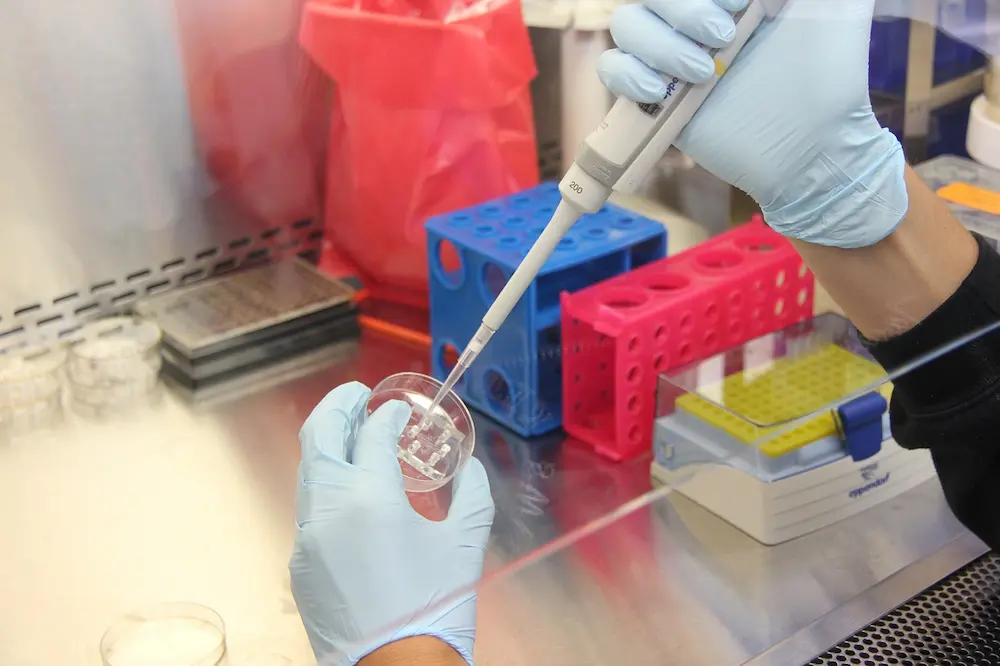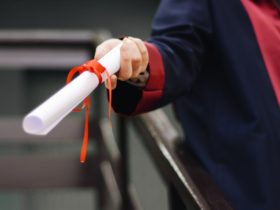Setting up a laboratory is a critical task that requires careful planning and attention to detail. Whether setting up a high school chemistry lab or a professional research facility, the fundamental requirements for safety, functionality, and compliance with regulations remain constant. This guide will walk you through the essential steps to create an efficient and safe laboratory environment.
From selecting the right location to procuring equipment and implementing safety protocols, each phase will be covered to ensure your lab is well-equipped to support scientific inquiry and experimentation. Let’s begin the journey of transforming a space into a hub of innovation and discovery.
Choose the Ideal Location
Choosing the right location is the first critical step in setting up a laboratory. An ideal lab space should be spacious enough to safely accommodate all equipment and personnel while allowing for an efficient workflow. It must also possess proper ventilation for the handling of chemicals and biological specimens. Furthermore, consider the proximity to emergency services and the availability of utilities such as water, gas, and electrical outlets.
Beyond space and safety considerations, it’s essential to evaluate the lab’s potential for expansion or reconfiguration. The field of science is dynamic, with research needs and technological advancements continuously evolving. Therefore, your chosen location should offer flexibility to adapt to future requirements, whether it involves scaling up operations or installing new equipment.
Additionally, assess the lab’s accessibility for all potential users. This includes ensuring that there are appropriate facilities for disabled individuals, as well as considering the ease with which suppliers and maintenance personnel can deliver and service equipment. Accessibility can vastly improve the functionality of a lab and create an inclusive environment that accommodates diverse research teams and subjects.
Procure the Essential Equipment
Once the location is set, the next step involves procuring the necessary laboratory equipment. Start by creating a comprehensive list of instruments, glassware, safety gear, and furniture required for the specific type of research or experiments planned. Prioritize items based on their necessity and frequency of use. Establish relationships with reliable vendors to ensure access to high-quality equipment and to facilitate future servicing or purchases.
It’s important to consider the precision and accuracy needed for your experiments when choosing equipment. Investing in high-grade, durable laboratory instruments can increase the validity of your results and the safety of your operations. Additionally, don’t overlook the need for proper storage solutions, as organizing materials efficiently can drastically improve lab functionality and safety. With a variety of lab apparatus available, it’s crucial to research and understand the options that best fit your needs. Keep in mind that equipment procurement is an ongoing process, and it’s essential to regularly update and maintain existing tools to ensure optimal performance.
Develop a Safety Protocol
Safety is paramount in any laboratory setting. Begin with a risk assessment to identify potential hazards associated with the lab activities. This assessment will guide you in developing a comprehensive safety protocol that includes procedures for handling chemicals, managing biological samples, and dealing with emergencies.
Training for all lab personnel is mandatory to ensure that everyone understands the safety procedures and knows how to use safety equipment such as fire extinguishers, eyewash stations, and first aid kits. Regular drills and reviews of safety protocols keep the information fresh and can help identify areas for improvement.
Implement Quality Control Systems
A robust quality control system is critical for maintaining the integrity of experiments and ensuring reproducible results. This system begins with the calibration and maintenance of equipment. Schedulers for regular checks and calibrations should be stringent, and records of these checks should be meticulously kept.
Introduce measures for data verification to prevent errors and false data reporting. This might involve having multiple personnel verify critical data or using software for automatic calculations and record-keeping. Additionally, consider participating in external audits and certification programs to further validate your laboratory’s quality standards.
The disposal of waste should also follow strict guidelines to prevent contamination and ensure environmental protection. This includes the proper segregation, storage, and disposal of chemical, biological, and general waste.
Organize Training and Professional Development
Investing in the ongoing training and development of laboratory personnel is key to maintaining a high-functioning laboratory. This includes not only training in lab procedures and safety but also in data analysis, report writing, and staying abreast of scientific advancements in your field. Encourage attendance at workshops, webinars, and conferences to ensure that staff are up-to-date with the latest methodologies and technologies. This will not only foster professional growth but also inspire innovation and improvement within the lab’s practices.
Remember that a well-trained team is essential for the adaptability of the laboratory. As such, cross-train employees to use different equipment and perform various roles. This approach builds a versatile team that can effectively address a wide variety of challenges and reduce the impact of staff turnover or absences.
Maintain Documentation and Compliance
Documentation is a critical part of any laboratory’s operation. It provides a detailed record of experiments, results, procedures, and safety protocols. Ensure that all documentation is clear, thorough, and adheres to any institutional, local, or international standards. Keep abreast of regulations and guidelines that pertain to your laboratory’s research, including local safety and environmental laws, as well as specific industry standards. Regular compliance audits can help identify potential legal or procedural issues before they become problematic.
Consider implementing a laboratory information management system (LIMS) to streamline the documentation process. Such systems can help in tracking samples, managing data, and maintaining records efficiently. In the ever-evolving landscape of scientific research, staying compliant not only minimizes legal risks but also enhances the credibility of your laboratory’s research outcomes.

In the journey to establish a cutting-edge laboratory, we have navigated through the critical steps of selecting an ideal location, procuring essential equipment, developing safety protocols, implementing quality control systems, investing in training, and maintaining proper documentation and compliance. Each step is pivotal in creating a space that not only fosters scientific innovation but does so with the utmost regard for safety and integrity.
As the scientific landscape continues to evolve, your laboratory must remain adaptable, constantly improving and updating its practices to stay at the forefront of research. By following this comprehensive guide, you can ensure your laboratory will not only meet but exceed the standards required to carry out high-quality research and development, contributing valuable advancements to the scientific community.













